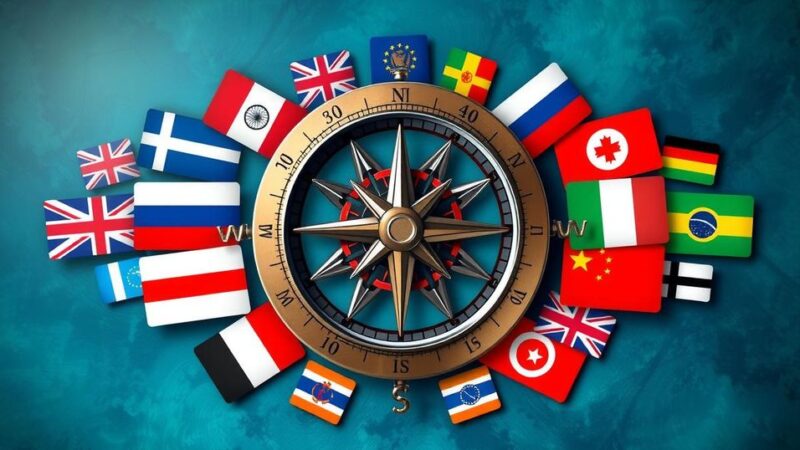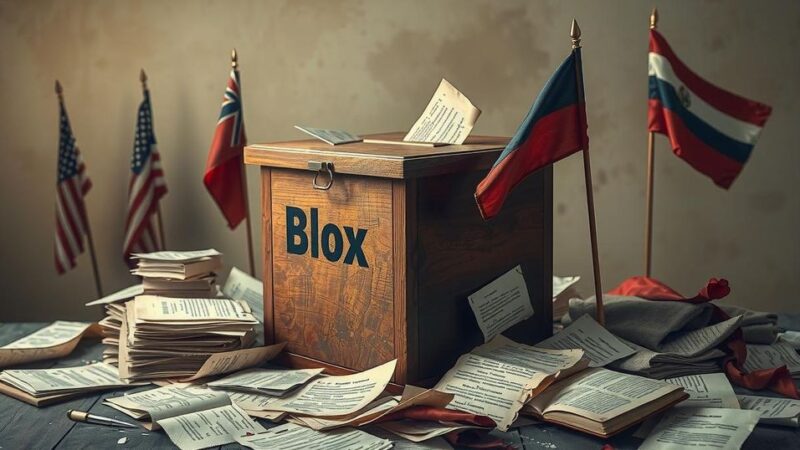Greenland held its parliamentary election on March 11, where 31 members will be elected from 213 candidates across six political parties. The voting involved over 40,420 eligible voters at 72 polling stations from 9 a.m. to 8 p.m. local time. Prime Minister Egede emphasized sovereignty amidst U.S. President Trump’s claims of interest in the territory.
On March 11, Greenland conducted its parliamentary election, wherein 31 members of the Inatsisartut, the island’s parliament, will be elected from a pool of 213 candidates representing six political parties. The election attracted over 40,420 eligible voters, who utilized 72 polling stations across the territory, with polling hours from 9 a.m. to 8 p.m. local time.
Prime Minister Mute Egede, leader of the Inuit Ataqatigiit (IA) party, characterized the election as a “decisive moment” for Greenland’s future as the results will shape the new autonomous government. In a demonstration of diplomatic support, Danish Prime Minister Mette Frederiksen conveyed her good wishes for the election day via social media.
In a pre-election interview, Egede emphasized his intent to focus on affirming Greenland’s sovereignty, stating, “Greenland belongs to Greenlanders, no matter how many times the U.S. president claims he wants control over it.” This comment reflects ongoing tensions, particularly in light of U.S. President Donald Trump’s public expressions of interest in Greenland, some of which suggested a forceful acquisition.
The recent parliamentary election in Greenland marks a significant step in determining the future governance of the autonomous territory. With 31 members to be elected from a diverse set of candidates, the election is pivotal for Greenland’s self-determination. Prime Minister Egede’s commitment to sovereignty highlights the ongoing geopolitical discussions surrounding the territory and its autonomy from foreign interests, notably from the United States.
Original Source: english.news.cn






